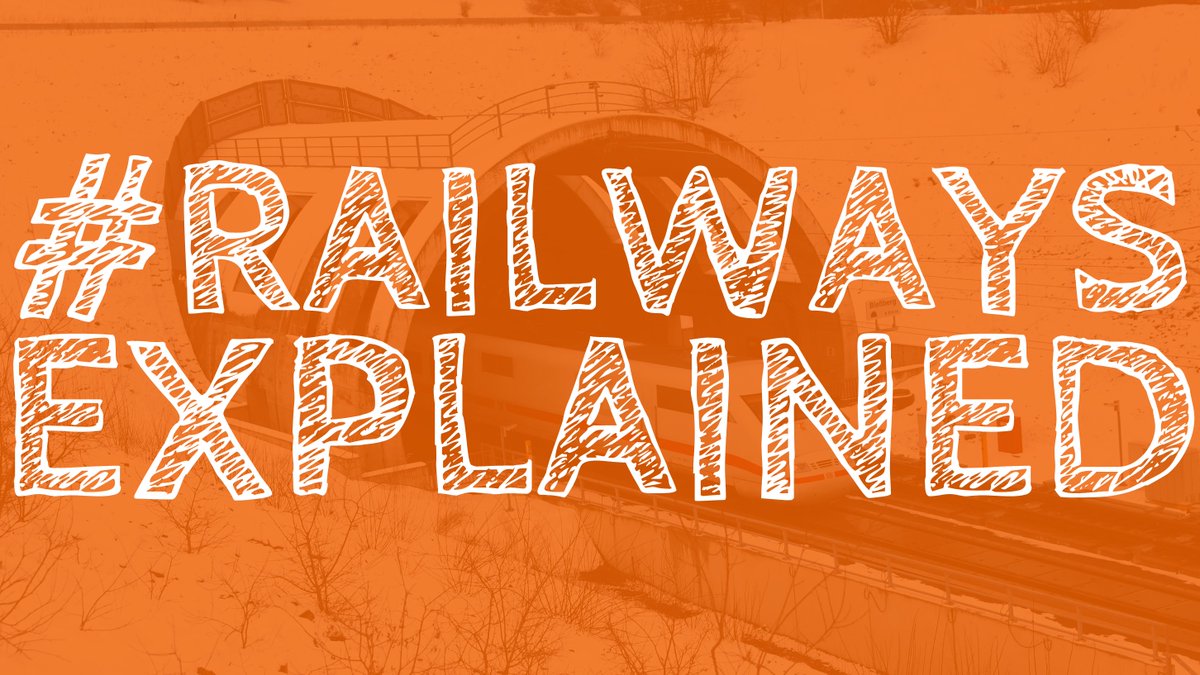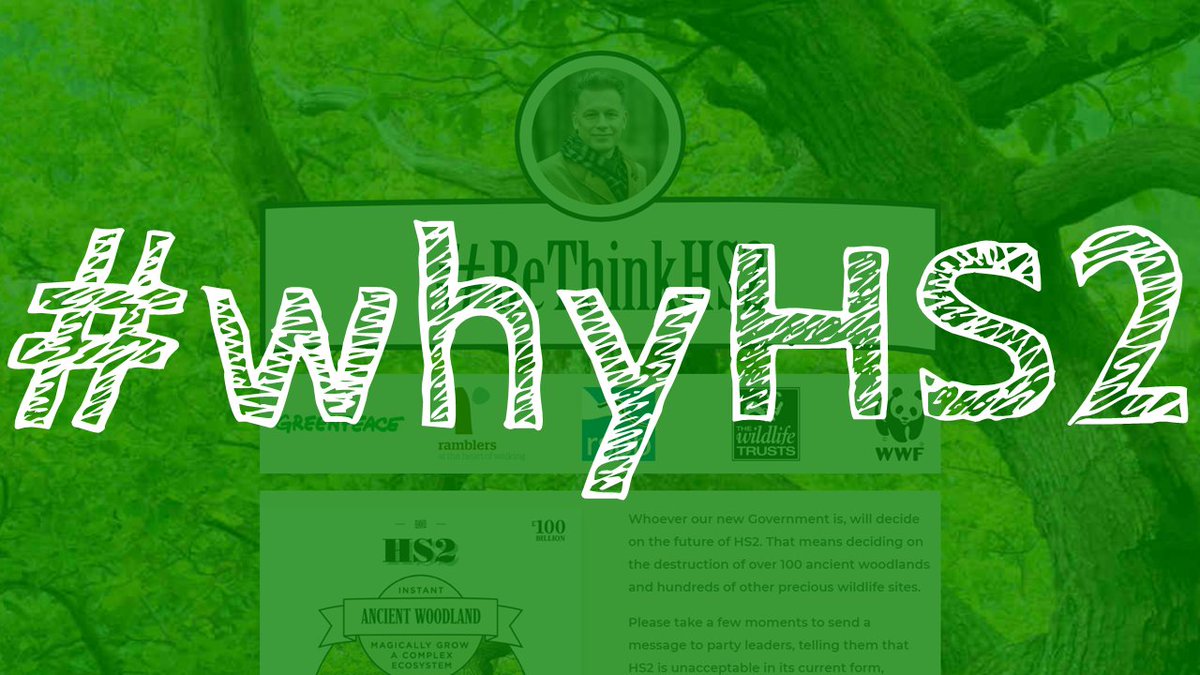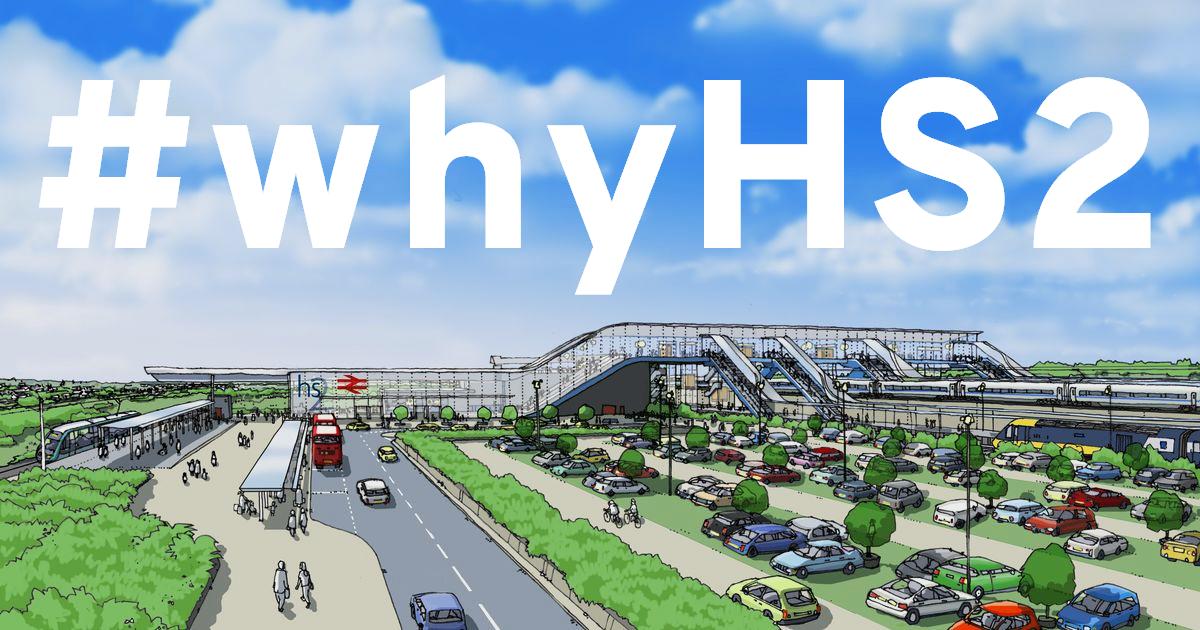The only reason they are this shape is to reduce the sonic boom resulting from tunnels that are too narrow and have too tight a portal 🚇💥
As the train enters the tunnel, it creates a pressure wave. This pressure wave reflects off the mass of air at the other end of the tunnel and then hits the train (which is still travelling through the tunnel) at the speed of sound. Boom!
There are three options to avoid this:
🎯 bigger tunnels
🕳️ better portals
🚅 silly train noses
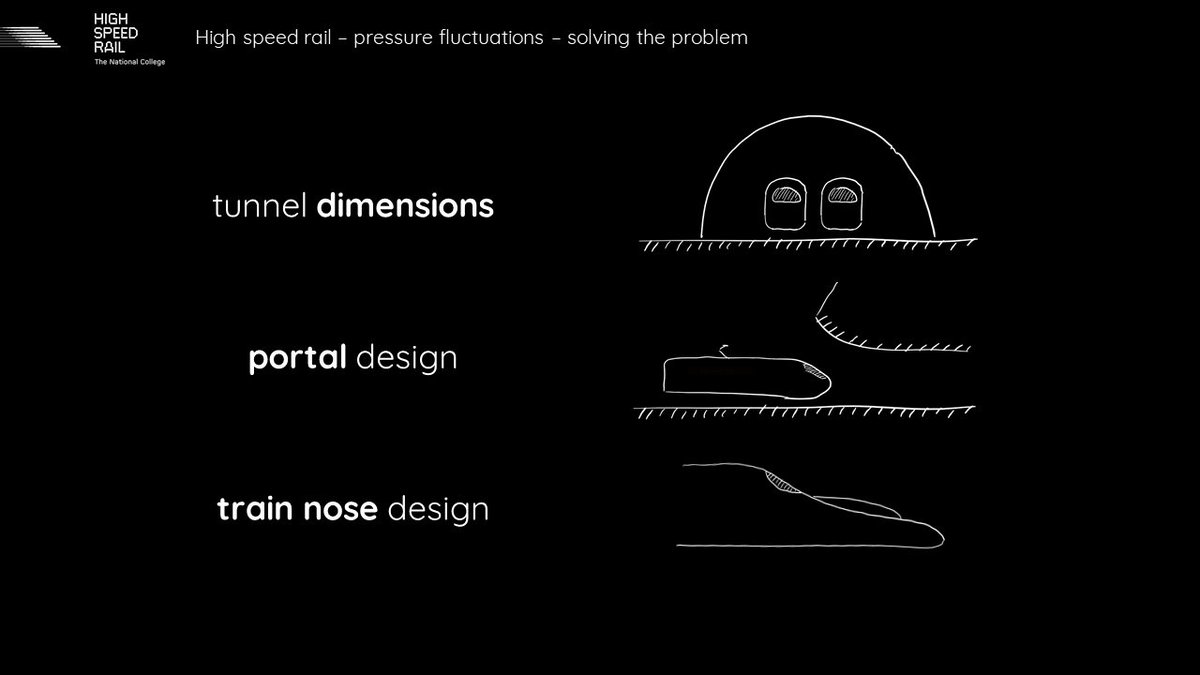
Doing this is easy enough for short tunnels, but things very quickly get expensive, particularly if you have to use a tunnel boring machine... #RailwaysExplained
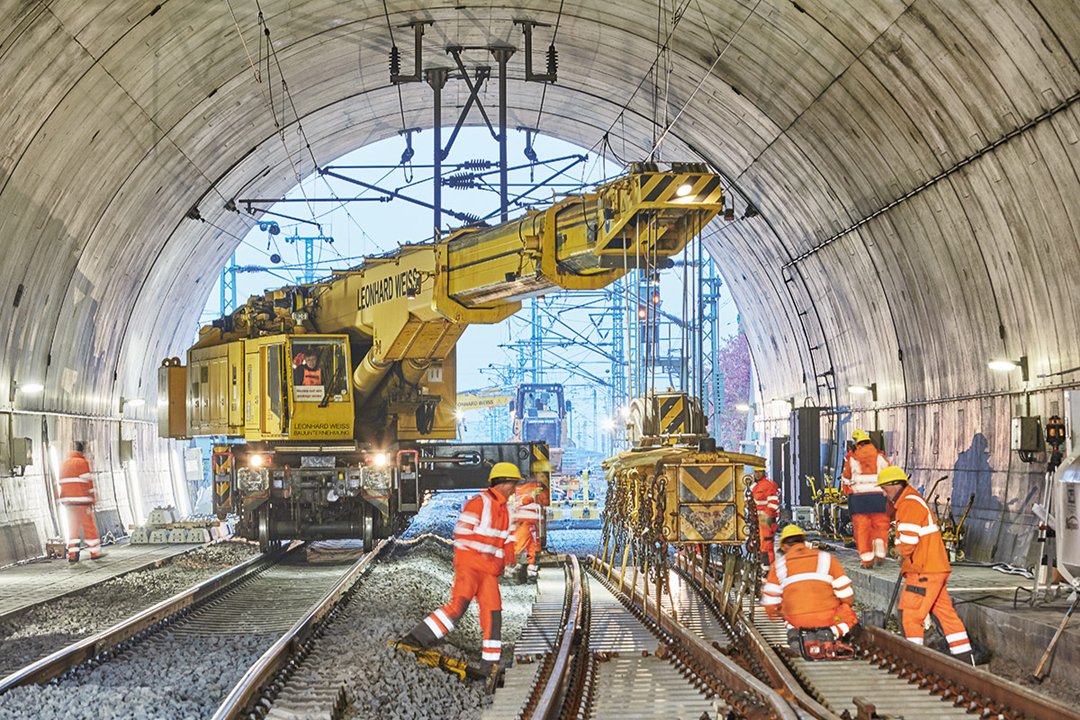
Here are two German high speed rail tunnel portals with and without a dissipative design... #RailwaysExplained
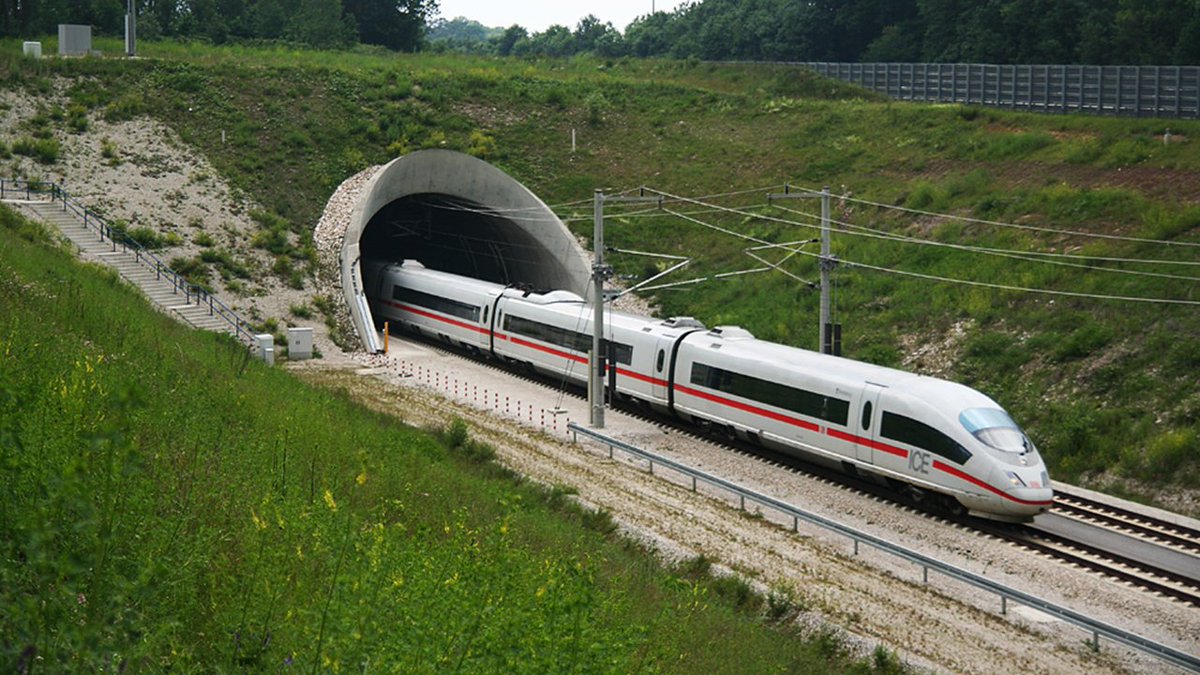
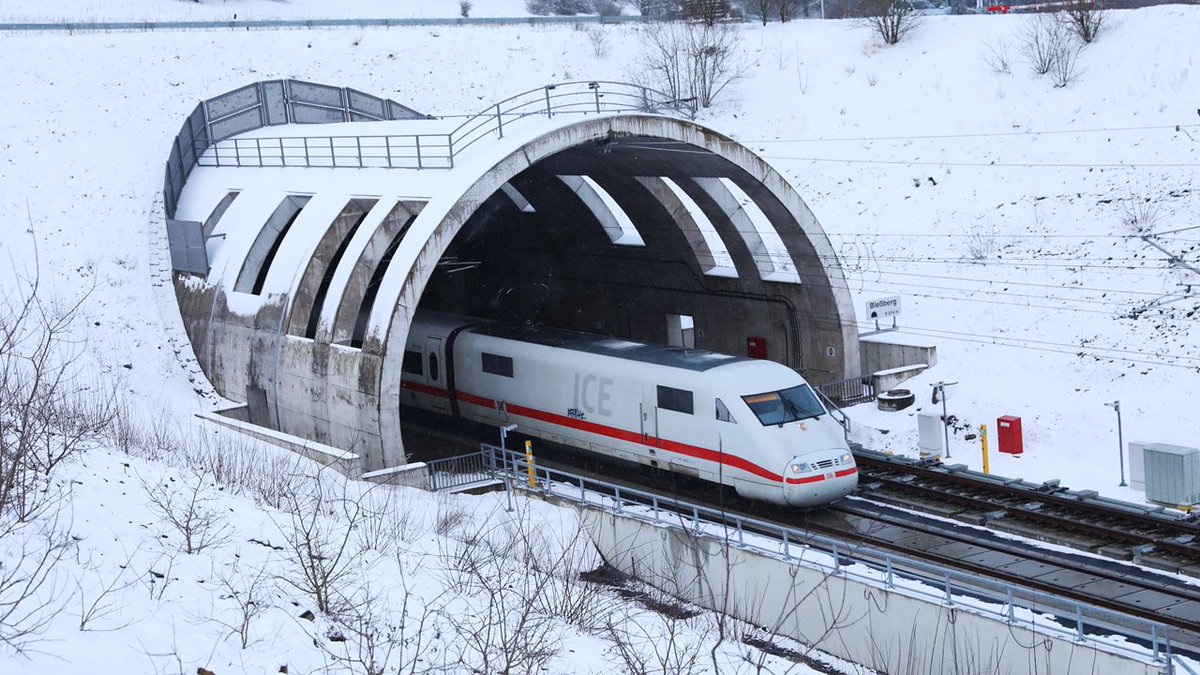
Read more here: railengineer.co.uk/2019/10/02/hs2…
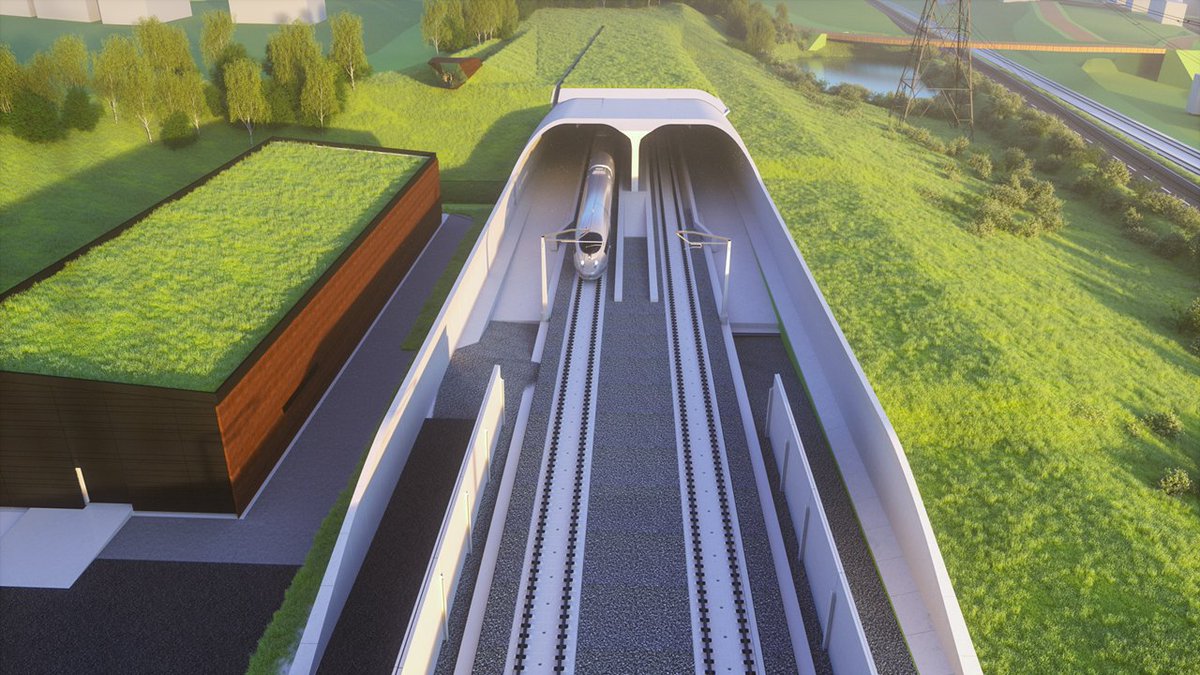
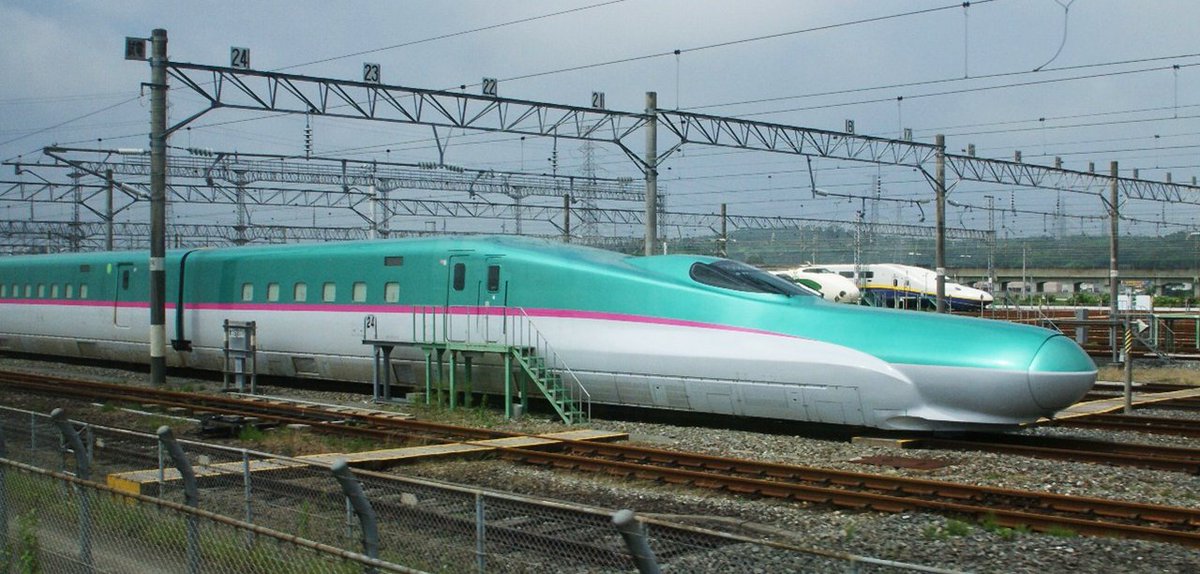
ko-fi.com/garethdennis
